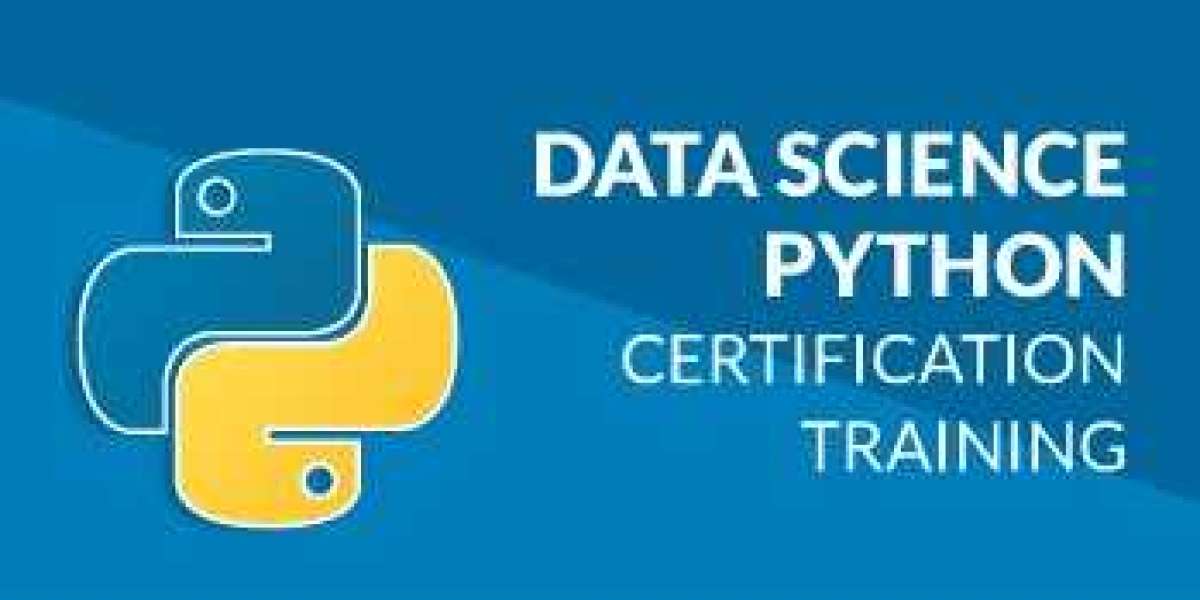Data warehousing in data science refers to the process of collecting, organizing, and storing large volumes of structured and unstructured data from various sources into a centralized repository called a data warehouse. The purpose of data warehousing is to provide a unified and reliable source of data for analysis and decision-making.
Data science with Python, data warehousing involves using Python-based tools and frameworks to design, build, and manage data warehouses. Python offers a wide range of libraries and packages, such as pandas, NumPy, and SQLalchemy, which facilitate data manipulation, transformation, and integration tasks required in the data warehousing process.
Here are the key components and concepts related to data warehousing in data science with Python:
1. ETL (Extract, Transform, Load): ETL processes are used to extract data from various sources, transform it into a consistent format, and load it into the data warehouse. Python provides powerful libraries like pandas and PySpark, which assist in data extraction, cleaning, and transformation tasks.
2. Data Modeling: Data modeling involves designing the structure and relationships of data within the data warehouse. Python-based tools like SQLAlchemy can be used to define the schema, tables, and relationships between entities in the data warehouse.
3. Data Integration: Data integration involves combining data from disparate sources and merging it into a unified format in the data warehouse. Python's data manipulation libraries, such as pandas, provide capabilities to join, merge, and aggregate data from different sources.
4. Data Querying and Analysis: Once the data is stored in the data warehouse, Python-based libraries and frameworks can be utilized for querying and analyzing the data. For example, using pandas and SQLalchemy, you can write SQL queries or perform advanced data analysis tasks on the data stored in the data warehouse.
5. Data Visualization: Python offers libraries like Matplotlib, Seaborn, and Plotly, which enable the creation of visualizations and dashboards to present insights derived from the data warehouse. These visualizations help in understanding trends, patterns, and relationships within the data.
Data warehousing in Data Science with Python provides a foundation for effective data analysis, reporting, and decision-making. It allows data scientists and analysts to access a consolidated and consistent view of the data, enabling them to derive meaningful insights and make informed business decisions.


